RUMBLY IN YOUR TUMBLY:
4 REASONS WHY YOU ARE WAKING UP HUNGRY
Exercise Snacking (Leave the Chips at Home!)
Workout Safety 101: Stay Fit, Stay Safe
CONNECTING WITH NATURE: HOW FOREST BATHING CAN HELP MAKE YOU HEALTHIER




RUMBLY IN YOUR TUMBLY:
4 REASONS WHY YOU ARE WAKING UP HUNGRY
Exercise Snacking (Leave the Chips at Home!)
Workout Safety 101: Stay Fit, Stay Safe
CONNECTING WITH NATURE: HOW FOREST BATHING CAN HELP MAKE YOU HEALTHIER








"Gainesville Derm "Gainesville Derm has helped me has helped me improve my skin improve my skin tremendously. " tremendously. "

EDITORIAL INTERN
ACCOUNT EXECUTIVES
CONTRIBUTING WRITERS
Nicole Irving
Aníbal Rodríguez
Shane Irving
Hannah Shelton
Lyle Topping
Ashley Stayhorn, April Tisher
Julia Bauer, Nicole Irving, Lindsey Johnson, Cole Purvis, Lyle Topping
MAILING ADDRESS
5745 SW 75th St.
Unit 286
Gainesville, FL 32608
PHYSICAL ADDRESS
101 SW 140th Terrace
Suite C Newberry, FL 32669
Gainesville Office: p. 352.505.5821


Fax: 877.857.5140
wellness360magazine.com
wellness360@irvingpublications.com
Wellness360 is a registered trademark property of Irving Publications, LLC. All rights reserved. Wellness360 is published by Irving Publications, LLC. © 2023
Irving Publications, LLC reserves the right to edit and/or reject any advertising. Irving Publications, LLC is not responsible for the validity of any claims made by its advertisers. Nothing that appears in Wellness360 Magazine may be reproduced in any way, without written permission. Opinions expressed by Wellness360 Magazine writers are their own and do not necessarily reflect the publisher’s opinion. Wellness360 Magazine will consider all never before published outside editorial submissions. Irving Publications, LLC reserves the right to edit and/ or reject all outside editorial submissions and makes no guarantees regarding publication dates.
The information found in Wellness360 Magazine does not constitute individualized medical advice. You must NOT rely on the information in this magazine as an alternative to medical advice from your doctor or other professional health care provider. If you have any specific questions about any medical matter you should consult your doctor or other professional health care provider. If you think you may be suffering from any medical condition you should seek immediate medical attention. You should never delay seeking medical advice, disregard medical advice, or discontinue medical treatment because of information in this publication. Wellness 360 Magazine assumes no responsibility for any circumstances arising out of the use, misuse, interpretation or application of any information supplied within the magazine. Always consult with your doctor for appropriate examinations, treatment, testing and care recommendations. Do not rely on information on in this magazine as a tool for self-diagnosis. You exercise your own judgment when using or purchasing any product highlighted in Wellness360 Magazine. Wellness 360 Magazine assumes no responsibility for errors or omissions in this publication or other documents that are referenced by or linked to this publication.
ADVERTISING
For more information regarding advertising within Wellness360 Magazine, please visit irvingpublications.com, call 352-505-5821 or email shane@irvingpublications.com.


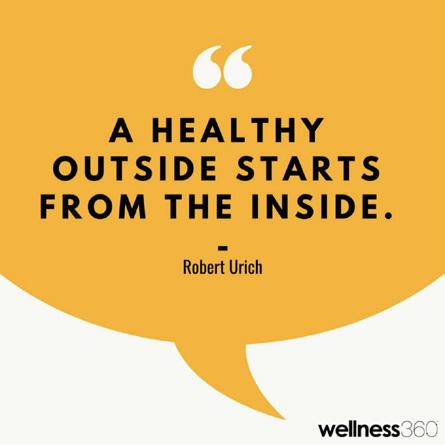





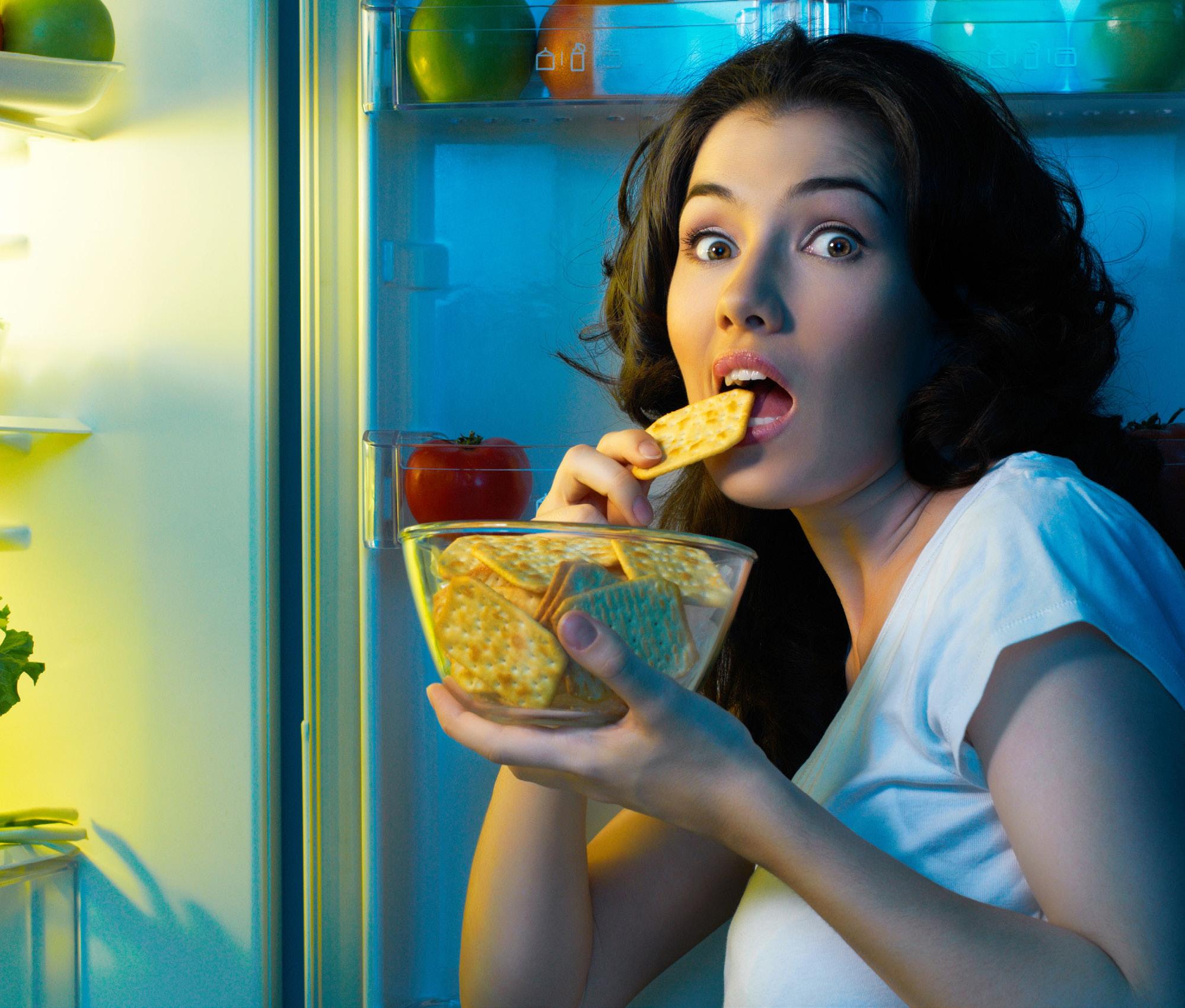
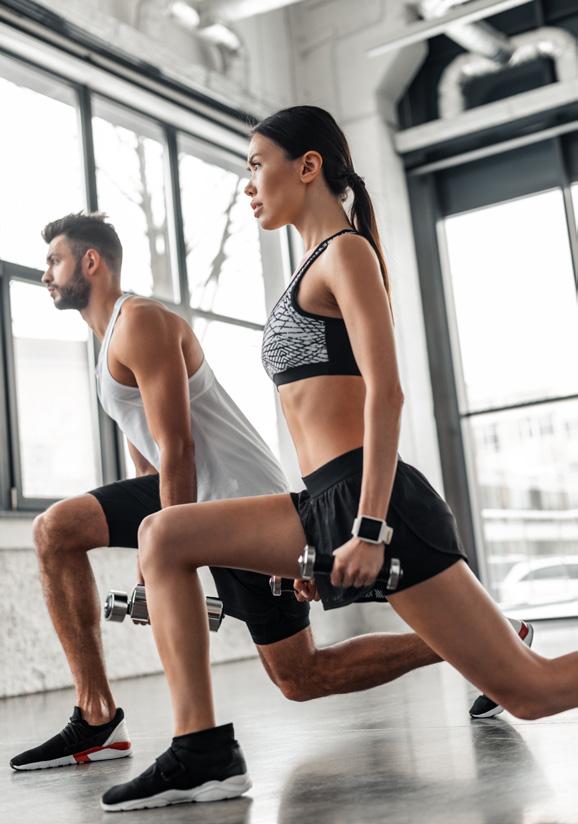
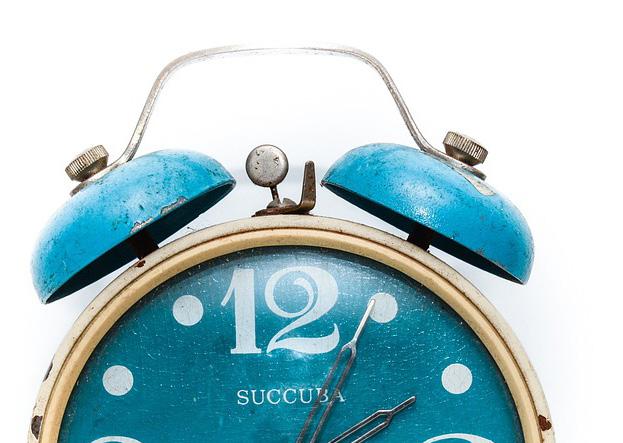



I will be honest; I have a love-hate relationship with working out these days. In my youth, I loved to exercise. I had a membership to Gold's Gym at 16, I ran at high noon to feel the most amount of sweat pouring down my back, and I took step aerobics classes with my mom. After having children, I promptly got myself another gym membership, and I even began working out with a personal trainer! I got on the Peloton bandwagon during lockdown and my collection of workout shoes is quite impressive. I have all the tools, but, I have a confession. I don’t use them very often.
I can make every excuse in the book as to why I am not finding the time to get back on my own fitness journey. Yes, I work a lot, I have three kids, I am always on the go. But I have come to realize it is more than the lack of time — it's become more personal.
I have become acutely aware I am not as young as I was, and I am not at the fitness level I used to be. Not so much concerned what other’s think of what I look like at the gym as I try my best to re-engage with the machines, but it is more of what I think of myself. That’s right, I am comparing my “now” self to “my younger self” and that, my friends, is not a nice thing to do.
During a recent trip to Hawaii with the family, where we engaged in lot of fitness activities and adventures, I decided to switch my personal relationship with my fitness journey.
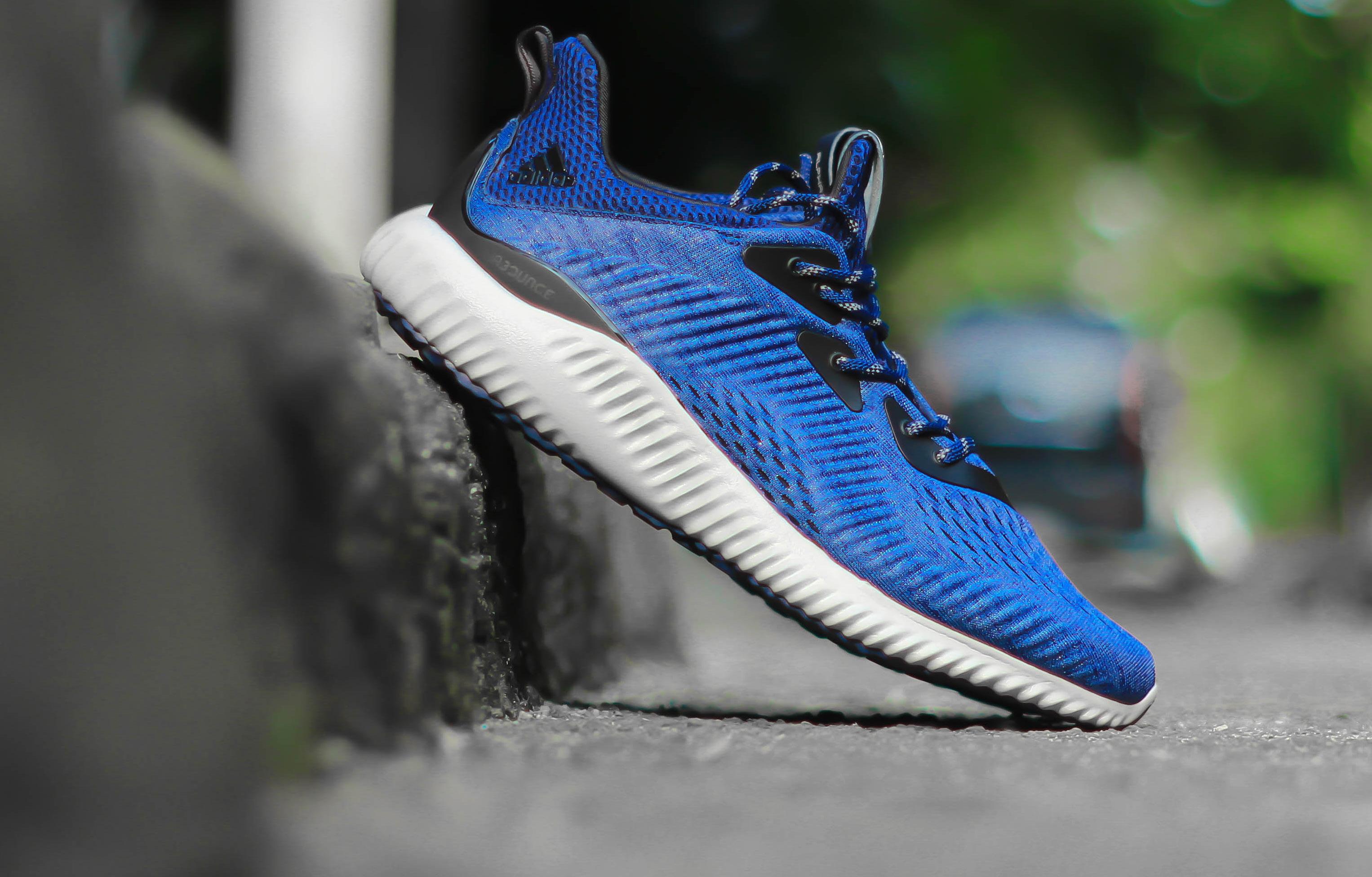
I gave myself grace, and I didn’t try to keep up with the boys (ages 19, 17 and 15). Rather, I did what my body allowed me to do safely and happily, even though it wasn’t what I used to be able to do, it was what I could do now. That simple shift in mindset made all the difference.

So, friends, if you find yourself on the struggle bus with your relationship with fitness, you are not alone. I get it, I hear you, I am there! The most important thing is to give yourself grace, grab those sneakers and put one foot in front of the other and keep the journey moving forward at your own pace!
Nicole Irving, Publisher, EIC nbirving@irvingpublications.com












The world is seemingly inhabited by two types of people: night owls and early birds. Night owls are especially active at night, while early birds tend to enjoy waking earlier than the average person.
Many night owls might wish they could be early birds, whether it’s for the sake of their sleep schedule or simply the aesthetic of the early-morning lifestyle. The typical work day seems to be catered to those who rise at the break of dawn; so, can anyone become a morning person?
Genetics play a role in determining which type of person you are. Circadian rhythm, or the 24-hour “internal body clock” that follows the sun and affects our energy throughout the day, can vary because of one’s chronotype, according to the Sleep Foundation. Chronotypes are not black and white, there is a spectrum.
“Most people feel awake when it is light and sleepy when it is dark, but the specific timing of these schedules can vary from person to person,” according to the Sleep Foundation. “That variability is what is known as a ‘chronotype,’ and it is the official term for whether you are a morning or a night person.”
Chronotypes are physiological, affecting the central nervous system, according to the Sleep Foundation. “In morning people, brain pathways are most excitable in the morning, empowering peak physical performance early in the day. In night owls, it is the opposite.”
While there is nothing inherently detrimental about a late chronotype, society’s schedule – early school hours and the commonplace nine-to-five job – typically benefits morning people. As noted by the Sleep Foundation, many “important activities are often scheduled for the morning, when night owls are still sleepy and experience lower cognitive and physical performance as a result.”
A study by the American Psychiatric Association looked at the genetic data and monitored the sleep schedules of 85,000 individuals to compare how chronotypes affect people. All participants got the same amount of sleep, regardless of their sleep schedules, and it was found that “being a morning person is causally associated with better mental health.”
A New York Times article suggests that “people who are early birds may have other health or lifestyle behaviors that reduce their risk for depression — they may have a healthier diet, for example, exercise more, or have fewer health conditions, such as chronic pain, that are associated with depression.”
However, many events that aren't related to school or work can take place at night. According to Healthline, maintaining a social life can be easier if you’re a night owl. “Pursuing and maintaining relationships and other social connections might become somewhat more difficult if you have a hard time staying awake past 8 or 9 p.m. — unless you seek out other morning larks, that is.”
So, is it possible for people with late chronotypes to become early risers? Yes, but it might require some determination. The Sleep Foundation shares several tips that can help you become a morning person, which includes creating a consistent sleep schedule and timing your meals correctly.
Creating a consistent sleep schedule “makes it easier to get at least seven hours of sleep per night and feel more refreshed during the day,” according to the Sleep Foundation. “Studies have found that sleeping in on the weekends can disrupt your circadian rhythm, so it is best to set regular sleep and wake times and follow them daily.”

After maintaining a regular sleep schedule, it is recommended to use 15-minute increments to gradually move your bedtime earlier, should you aspire to become a morning person. Meal timing can also affect your sleep schedule, so eating when a morning person would eat can “help your body adjust to an earlier routine.”
“Conversely, if you maintain the same dinner times as before, you might find your body is still carrying out certain components of the digestive process when you are trying to sleep,” according to the Sleep Foundation. “This makes it harder to adjust to your new schedule. It may also desynchronize your body’s sleepwake cycle from your eating cycle, which can negatively impact your metabolism.”
Additionally, avoiding afternoon and evening naps can help you become a morning person. Not drinking caffeine late in the day and exposing yourself to natural light early in the morning can also help.
Ultimately, according to Healthline, getting the right amount of sleep matters the most when maintaining good health. Whether you’re an early bird or a night owl, sleeping soundly affects your mental and physical health, so it is important to get some quality shut eye every night.

 BY COLE PURVIS
BY COLE PURVIS
Bruises: those painful splotches of swelling and discoloration that stain our body often without notice or warning as a result of the damage it withstands, either internal or external. They come in several shapes, sizes and colors and can occur anywhere on the body.
Bruises are a common type of injury that occur when the skin, blood vessels, and underlying tissues of our bodies are damaged due to a blunt force impact or other physical trauma. When a part of the body is struck with enough pressure, the blood vessels beneath the skin may rupture. This causes blood to leak out and pool into the tissues surrounding the afflicted area. This can result in a visible discoloration of the skin, ranging from a reddish-purple hue to a yellow or even greenish tinge as the bruise heals. According to the Cleveland Clinic, bruises are often painful and may cause swelling or stiffness, but, in most cases, they resolve on their own within a few days to a few weeks, depending on the severity of the injury.
There are a variety of outside factors that can dramatically impact your body’s likelihood of bruising. Most prevalent among these is age. According to the Mayo Clinic, as we gradually develop into older adults, our skin becomes thinner and we lose some of the protective fatty layer that helps cushion blood vessels from injury, leaving us ultimately more susceptible to bruising. Some over-the-counter drugs can also contribute to bruising.
“Ibuprofen and other related drugs increase bleeding and bruising for the life of the drug in your system – 6-24 hours, depending on the drug,” said local physician Jennifer Sidman, MD, a local physician. “Drugs like aspirin increase bleeding and bruising throughout the life of our platelets, which is 90 days. If you use either of these medications regularly, expect easy bruising.”
Like many common and relatively short-term injuries, bruises can be treated with the tried-and-true RICE method, according to the American Academy of Orthopaedic Surgeons.
The RICE recovery treatment consists of:
• REST: Protect the injured area from further harm by halting physical activity. You may also use a protective device (i.e., crutches, sling).
• ICE: Use cold packs for approximately 20 minutes at a time, several times a day. Do not apply ice directly on the skin, as it can potentially lead to further damage.
• COMPRESSION: Lightly wrap the injured area in a soft bandage or an elastic wrap. Compressing an injury helps reduce swelling while increasing blood flow to the damaged area.
• ELEVATION: If possible, raise the injured area to a level above the heart. This lowers blood pressure in the afflicted area to help limit further bleeding.
Bruises are occasionally a sign of a potentially more serious underlying problem. Bruising, or excessive platelets, might also be an indication that your blood cells are carrying leukemia (cancer of the blood cells). These bruises are different from the ones we’re used to seeing: they might be a darker hue or have an irregular shape. Bruises indicative of cancer might also appear on parts of the body where they do not commonly occur, like on the head, face, thighs or back. They will last longer and could even appear to spread or multiply.
If you are ever skeptical or uneasy about a bruise or blotch on your skin, be sure to seek out medical counsel from a trusted medical professional, like a hematologist or oncologist.


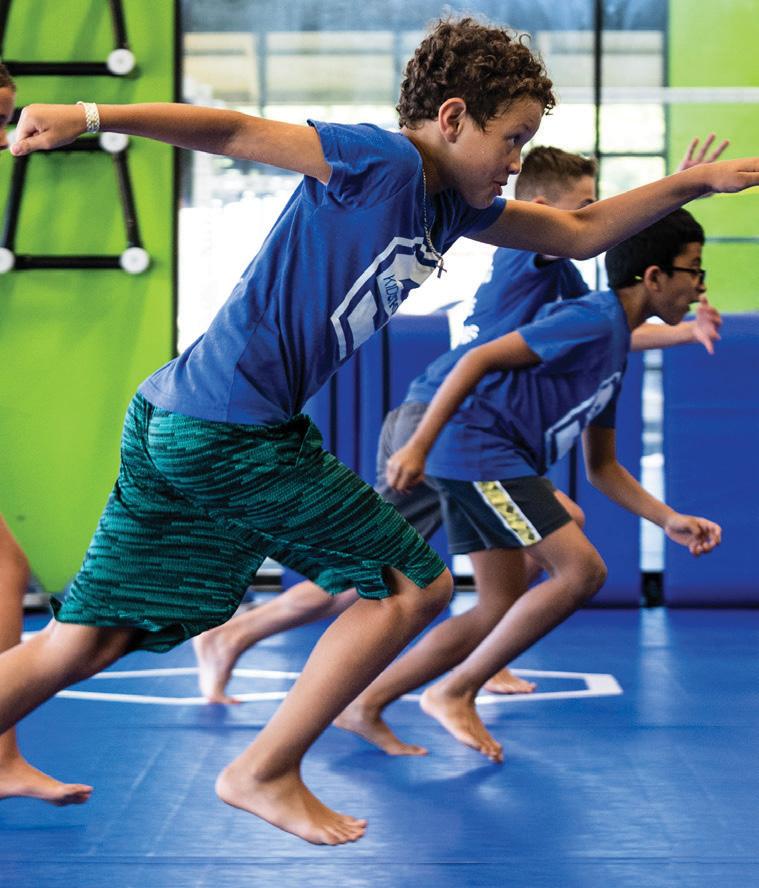




 BY LYLE TOPPING
BY LYLE TOPPING
It is very common to wake up with that growling stomach in the morning and feel like you could inhale anything in front of you. You may think it is only because you have gone eight hours (on a goodnight) without eating. Although there is some truth to that, there are also a few other factors that can come into play.
Alissa Rumsey, RD, spokesperson for the American Academy of Nutrition and Dietetics told Health.com about how mild dehydration can be mistaken for hunger. This feeling for hunger happens in the hypothalamus, which is the part of the brain that controls your appetite and your thirst.
“Prevent it by staying on top of your fluid intake, starting with a glass of water first thing in the morning,” Rumsey said. “If you feel hungry, and you haven’t drunk much that day, try drinking a glass of water and waiting 15 to 20 minutes to see if your hunger subsides.”
If you would like to take it one step further, you can add lemon for flavor and Chia seeds. According to Mayo Clinic, they are an excellent source of fiber that take longer to digest, which can help you feel satisfied longer.
Suzan Dixon, RD, a registered dietitian with The Mesothelioma Center in Portland, Oregon told EatingWell that “some people are more sensitive to large doses of carbs, which can lead to low blood sugar after a big meal.” As noted by Dixon, “bodies can ‘overshoot’ a bit on insulin production in response to a carb-rich meal (especially if the carbs are simple).”
What does this mean? Your blood sugar can drop too low about an hour after eating, which could be the reason someone wakes up hungry after eating a big meal before bed.
Another reason you could be waking up hungry is that you are about to get your period. According to Marathon Handbook, “premenstrual syndrome is a cluster of symptoms that may be experienced several days leading up to the beginning of a menstrual period.” The handbook notes that, “one of the more common symptoms is an increase in appetite, particularly in regard to craving sugary or salty foods.” To combat these cravings, you can look for foods with natural sugar as opposed to those with artificial. Fresh fruits are a good place to start!
Michelle Ricker, RDN, founder of Living with Vitality, a Performance Nutrition consulting company based in Los Angeles, told Well + Good, “if you don’t adequately refuel after a workout-at any time, but especially those that exercise at night- you could find that hunger wakes you up later while you’re sleeping.” Her answer for this: a meal rich with carbs and protein. “A very high carb meal may help to induce sleep, but the protein is important to make that meal more filling over a longer period,” she said. It may go without saying, but you should avoid anything with high caffeine or a lot of added sugar close to bedtime.







Engaging in regular exercise is a fantastic way to maintain fitness and overall well-being. According to the Center of Disease Control and Prevention (CDC), routine physical activity can help strengthen our bones and muscles, reduce our risk of cardiovascular disease and lead to a longer, more vital life. However, there are some potential risks and hazards involved in our fitness journey that can have adverse effects on our health.
According to a compilation of injury statistics published by the National Safety Council, over 400,000 exercise and exercise equipment injuries occurred in 2021. With this in mind, it is crucial to prioritize caution and safe practices during exercise to help prevent unwanted injuries and setbacks.
why having a spotter nearby is so important. Spotting refers to the assistance provided to someone during a weightlifting exercise to ensure their safety. A spotter can offer support, provide physical assistance and prevent accidents when risks arise. It is essential to have a spotter when attempting challenging lifts, like bench presses or squats.


Running alone can be peaceful, but it can also increase vulnerability to unforeseen risks.
Women, in particular, often experience feelings of fear or anxiety when running alone. A 2017 survey from Runner's World reported that 43% of women experienced some type of harassment while running, compared to 4% of men. In another Runner's World survey two years later, 67% of women stated that they were sometimes afraid to run due to the fear of being attacked.
Whenever possible, opt for running with a buddy or group. Not only does this enhance safety by providing companionship, but it also ensures prompt assistance in case of an injury or other unexpected incidents. If running solo is unavoidable, make sure to inform someone about your route and estimated return time. That way, they will have an idea of when something is not right and where they can go to find you.
It is often tempting to push yourself and test the limits of your strength, but training beyond your physical capacity can lead to serious injuries. Gradually progressing weight and intensity in our workouts allows our body to adapt and build strength.
Weightlifting is a tried-and-true form of physical exercise that can yield impressive results, but danger is always present when maneuvering large, heavy weights. That is
Overloading ourselves, conversely, can strain muscles, joints and connective tissues. This increases the risk of sprains, strains and other musculoskeletal issues, according to the American College of Sports Medicine. Listen to your body's cues and respect its limits.


Choosing the appropriate footwear for your workout activities is an often overlooked but crucial part of injury prevention. Investing in athletic shoes specifically designed for your chosen exercise, whether it's running, weightlifting or cross-training, can make all the difference. According to the Mayo Clinic, proper shoes provide adequate support, cushioning and stability that reduce the risk of slips, falls and foot-related problems, like shin splints or plantar fasciitis.
Using gym equipment correctly and for its intended use is essential to avoid accidents and maximize its effectiveness. Be sure to read instruction manuals or seek guidance from experienced gym goers to understand how each piece of equipment should be used. Attempts to modify or improvise exercises beyond their intended use can lead to strains, sprains or even more severe injuries.

Exercising in hot weather can put you at risk of heat-related illnesses, like heat exhaustion or heatstroke. To stay safe, choose cooler parts of the day for outdoor activities, wear lightweight and breathable clothing and remember to protect yourself with sunscreen. According to the Skin Cancer Foundation, regular daily use of only SPF 15 sunscreen can reduce your risk of developing melanoma, the most serious type of skin cancer, by 50%. Furthermore, always remember to stay hydrated before, during and after workouts, as dehydration can impair physical performance and increase the chances of injuries, according to Piedmont Orthopedics.
Social media platforms like TikTok and Instagram are full of exciting workout challenges and trends. While some may be harmless, others can be potentially dangerous if attempted without proper knowledge or supervision. Be cautious and skeptical of viral fitness trends, especially those that seem extreme or involve risky movements. Prioritize health over hashtags.
Prioritizing workout safety is crucial for a successful and injury-free fitness journey. By following these essential tips, you can maximize the benefits of your workouts while minimizing the risks involved. Remember, a safe and mindful approach to exercise will aid you in your long-term fitness journey.








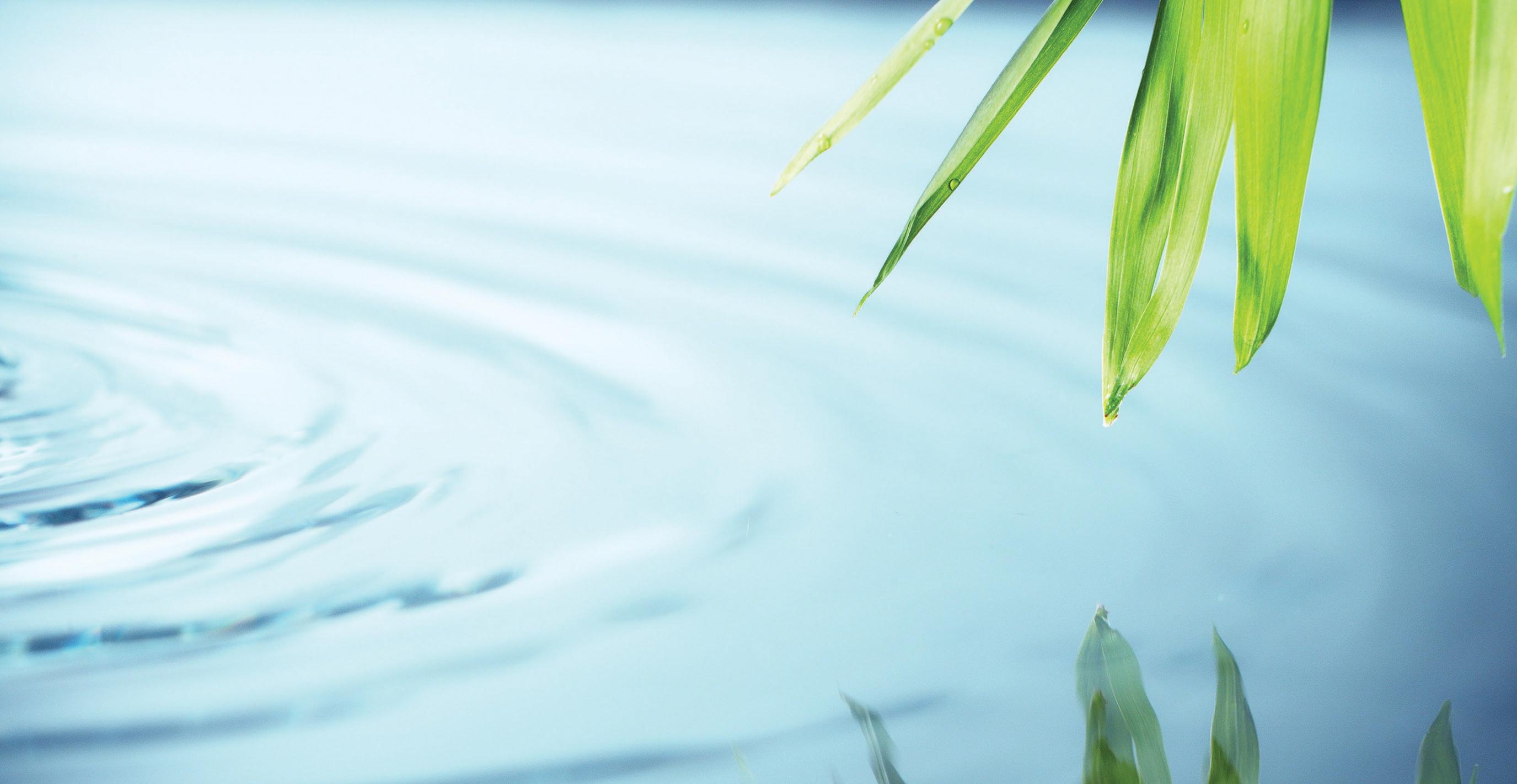






Step out this summer and celebrate in style as you hit the sand and surf. We have our top picks of savvy and summer-approved gear that will keep you and your vacation comfortable, hydrated and protected from the Florida rays and hot summer days!
Mac Sports Beach Day Foldable Chaise Lounge Chair with Integrated Wagon Pull Cart

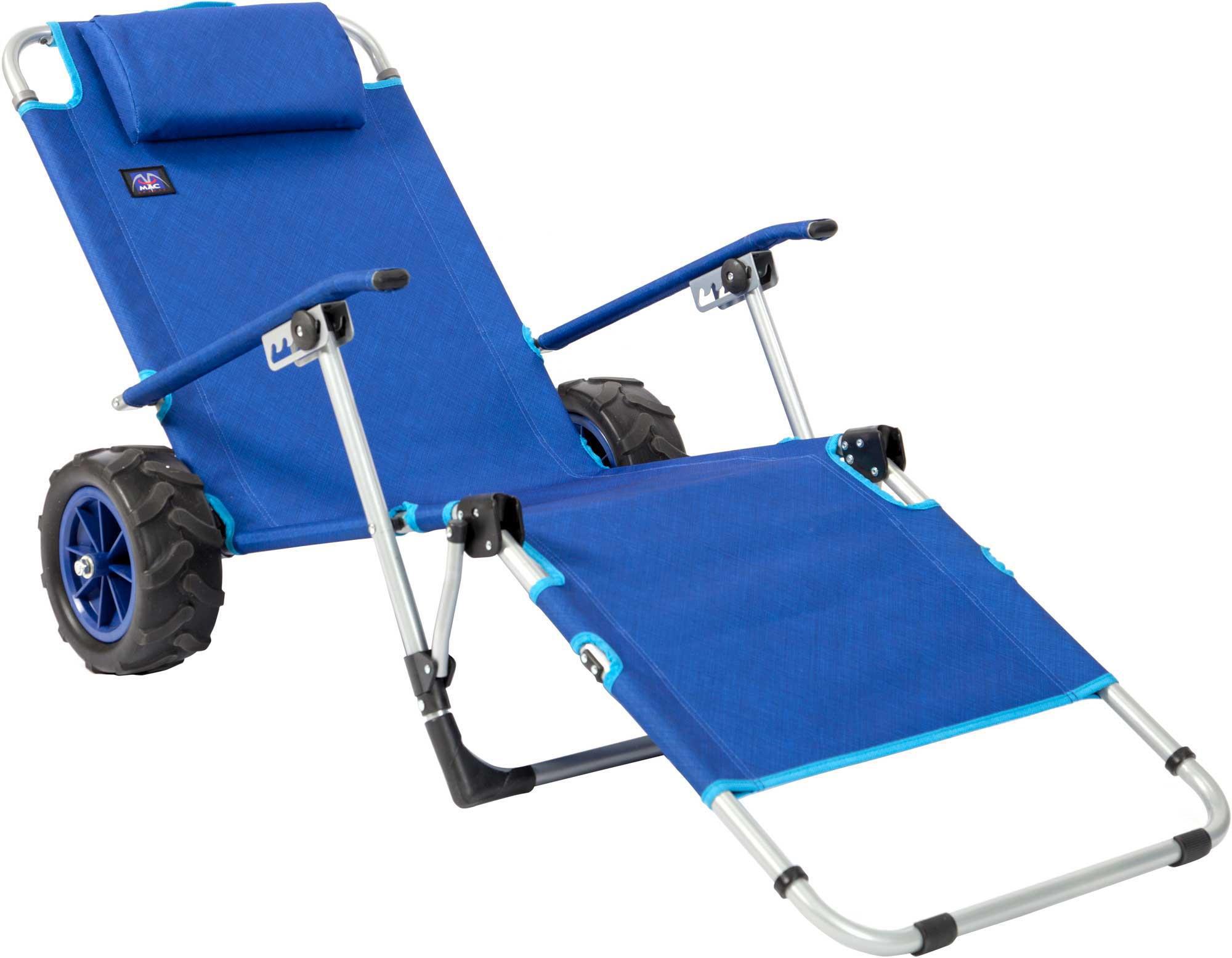
$89 | Amazon


Kabob Grilling Baskets
Set of 4

$20 | uncommongoods.com
Uber Appliance Healthy Sorbet Maker

$99.99 | uberappliance.com
Bougie Beach Home Fragrances
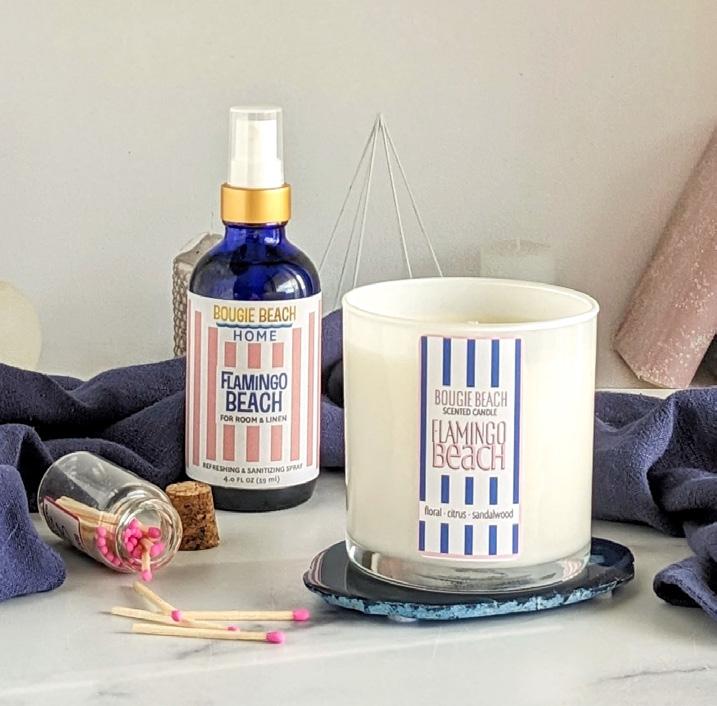
Starting at $8 | bougiebeachcandle.com
Pool Float The Home Place

Water Tracking Bottle

$24.95 | insidethenout.com
SUNFLOW Beach Bundle

$296 | getsunflow.com

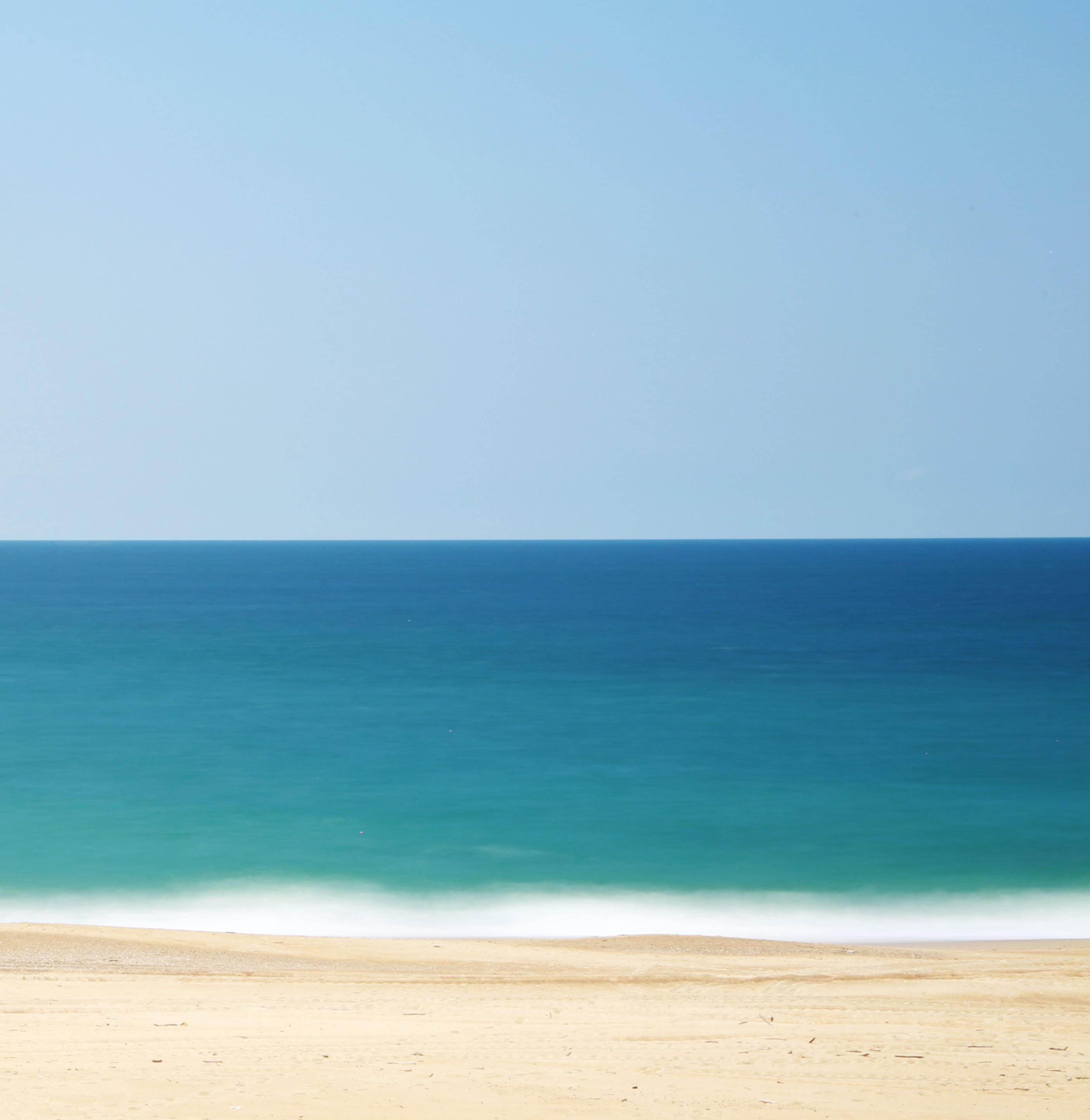








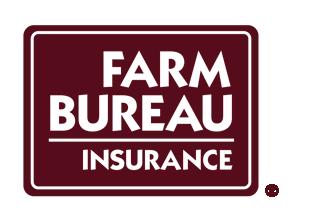

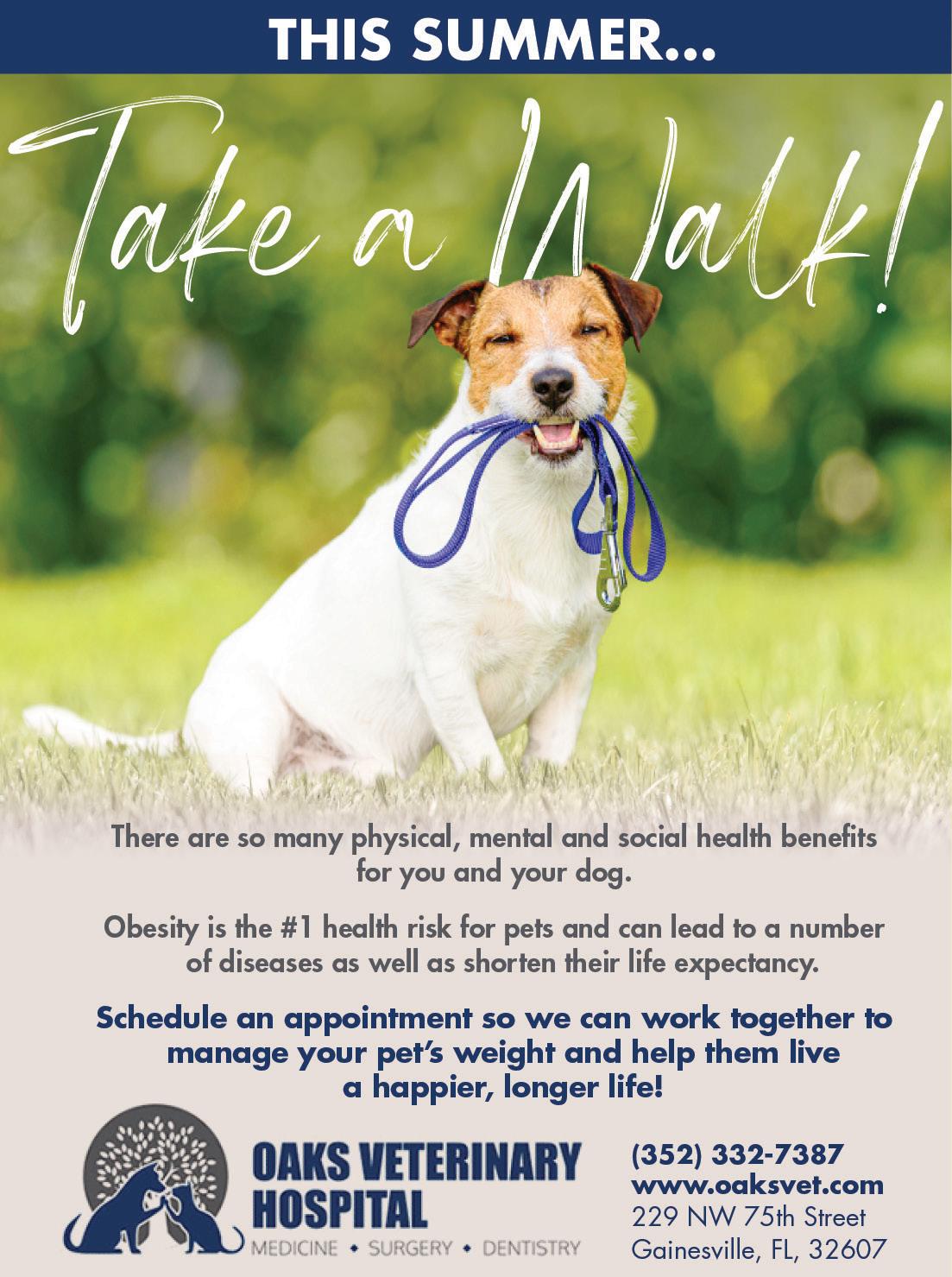




Everyone knows that exercise has a multitude of benefits, like weight maintenance, stress reduction, minimizing risk and complications of chronic diseases, building strong muscles and bones, just to name a few. We plan our gym routines to reap the greatest benefit from our intentional exercise and squeeze it into our busy schedules to help us stay fit and healthy.
Did you know your body uses more energy through our daily activities than our workouts? According to an article by Dr. James Levine in the journal Best Practice & Research Clinical Endocrinology & Metabolism, “Non-exercise activity thermogenesis (NEAT) is the energy expended
for everything we do that is not sleeping, eating or sportslike exercise. It ranges from the energy expended walking to work, typing, performing yard work, undertaking agricultural tasks and fidgeting. Even trivial physical activities increase metabolic rate substantially.”
According to Dr. Levine, the calories burned during NEAT activities in similar-sized people can vary up to 2,000 calories per day. A study quoted by Harvard Health found that when comparing lean and obese people with similar sedentary jobs, they found that the obese people sat an average of two and a half hours more per day than the lean study participants. The lean people stood or walked more than two hours more than the obese people in the study.

Everyday activities can help increase your energy expenditure without having to spend a lot of time planning or executing. Household chores like vacuuming, laundry, mopping and cleaning out closets can all help burn additional calories. That dreaded yard work? It counts too! Pull some weeds, mow the yard or plant some flowers. Simple habits such as walking around while you’re on the phone, or walking room to room in the house to complete tasks, can contribute to your NEAT.

At work, try connecting with a co-worker in person instead of calling them, use a restroom on a different floor, print to a distant printer, park further from the building and take the stairs. A standing or treadmill desk can be another way to stay more active throughout the day. Any activity you can do to minimize the amount of time you spend sitting in a chair is beneficial for your overall health and can increase the number of calories you are burning throughout the day, without getting hot and sweaty!
The beauty of upping your NEAT is that it is simple — just move around more! Have a dance party in the living room, carry the laundry upstairs, store supplies in the garage so you have to go outside to get them, and perhaps park a little further away. These daily small habits add up over time and can help positively impact your overall health.
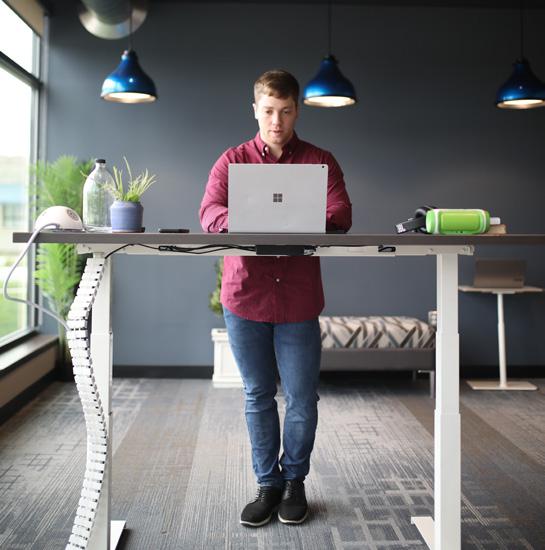



Have you ever skipped a workout because you couldn’t dedicate 30-60 minutes at a time to fit it in? Blocking off an hour at a time can be difficult when you’re juggling work, family and life commitments. What if you could get similar results by completing brief spurts spread throughout the day?
Introducing: exercise snacks. Everyone likes snacks, right?
They’re a yummy yet small taste of the full thing but designed in smaller portions to consume on the go. Exercise snacking is the same concept — short bursts of vigorous intensity exercise, ranging anywhere from under a minute to up to about 10 minutes at a time.
Vigorous intensity is movement that accelerates your heart rate and is challenging enough that you can only speak a few words while you are moving. If you can carry on a conversation, pick up the intensity!
Exercise snacks are also a great way to break up a long and sedentary workday. For example, every hour, take a break and do 10 push-ups, 10 burpees or 10 squats. Schedule a mid-morning break and crank out 5-10 minutes of intense activity. It will get the heart pumping, the blood flowing and the creativity sparking!

Sound too good to be true?
Multiple research studies have found promising benefits to these healthy snacks. A recent study
performed in the UK measured participants’ VILPA (vigorous intermittent lifestyle physical activity). Healthline reports that participants “who engaged in three bouts of activity per day lasting about 1 or 2 minutes each, had a 38%-40% reduction in all-cause and cancer mortality risk as well as a 48%-49% reduction in risk of dying from cardiovascular disease.”
Another study published in 2019 in the Journal of Physiology reports that workouts lasting less than 15 minutes (including a warm-up, cool-down and 5 minutes or less of vigorous exercise) were effective in improving heart and lung function, as well as controlling blood sugar. Another UK study comparing walkers who completed three 10-minute brisk walks per day with another group who completed one brisk 30-minute walk per day found similar benefits for both groups, with the shorter interval group having slightly better outcomes for cholesterol and body mass.
With that, you can no longer claim you don’t have time to exercise. You just have to make it!
If you are already on a great workout routine, keep up the good work and consider adding a couple of exercise snacks into your day for a little burst of intensity. If you are new to exercise, try adding one to two exercise snacks per day and gradually increase the number or duration of your snacks. Maybe this is making a sprint to the bathroom, doing 15 jumping jacks between meetings, or push-ups during a commercial break. Have a dance party with your family or chase your dog around the yard. Every little bit matters. So, get out there and get snacking!
 BY TED SPIKE
BY TED SPIKE
On one hand, running has always been tough for me. My dump-truck engine means I putter along at slow-mo paces. And whenever I start out on a trot, the first few hundred steps feel as fun and fulfilling as a thumbtack sandwich.

On the other hand, running keeps calling me back because I have gotten enough out of it that I feel guilty for not putting more into it. I wrote “The Runner’s World Big Guy Blog” for years, I’ve had a few successful-for-me races that I cherish, I’ve made great friends through running, and I always feel better after I run. Plus, despite the chronic cries that “running isn’t the best for burning fat,” I know that—for me—I’m lighter when I run consistently.
This year, I made a new commitment.
Get back into running regularly. Don’t give up on it so quickly. Treat my mindset the same as my pace: Take it slow.

What typically derails me is that I get easily deterred when I don’t see rapid improvements in distance or time. And I know that after long
layoffs, it takes many miles before I make any progress. In January, though, I decided to ditch my usual attitude and commit to the long game: No race with the looming pressure that accompanies it, no monitoring my pace so that I won’t easily get discouraged, no pressure to quickly ramp up the miles.
Instead, I’d commit to three things: 1) small increases every week 2) no clock-watching, just run by feel and remind myself that consistency, not hope, is what leads to progress 3) no celebrating every run with a four-story order of pancakes.
Now, six months in, it’s working. I’m running more, I’m running consistently, and I can feel small changes. Do I still have pie-soft abs? Yes. Am I anywhere near I want to be? Nope. Have I given up swimming, lifting and other activities? I’m still an infidel!
But have I set myself up for long-term success with a new plan and approach? I can’t tell you for sure, but I can tell that I’m going to (hopefully and literally!) sweat my butt off trying.










 BY JULIA BAUER
BY JULIA BAUER
You are probably not reaching for a can of peas very often, but you should. Although commonly mistaken as a vegetable, these small legumes are full of vitamins and nutrients and can help you create a balanced diet.
Green peas are the most common type of pea, according to Healthline. There are also snap peas, yellow peas, black-eyed peas and purple peas.
Peas, along with beans and lentils, are legumes, which are a vegetable subgroup, according to MyPlate, the US Department of Agriculture Food Guidance System. Peas are multifunctional; they are a source of fiber and potassium like the vegetable food group, as well as a source of protein and iron like the protein food group.

Green peas are typically 62 calories per serving, which is a half-cup, according to Healthline. They contain almost every essential vitamin and mineral, including vitamin A, vitamin K, vitamin C, iron and phosphorus.
One serving of green peas includes 4 grams of protein, which is significantly higher than other vegetables, according to Healthline. They also contain 4 grams of fiber, which regulates your digestive system. The fiber in peas “is insoluble, meaning it does not blend with water, but rather functions as a ‘bulking agent’ in your digestive tract,” according to Healthline. “This means that it adds weight to stool and may help food and waste pass more quickly through your digestive system.”
Additionally, peas can help support blood sugar control, according to Healthline. Peas “have a relatively low glycemic index (GI), which is a measure of how quickly your blood sugar rises after eating a food.”
Peas can be found all year either fresh, frozen or canned in the vegetable aisle of grocery stores. If peas aren’t part of your diet, try incorporating them today.







Water. It’s the basis of all life. Humans need approximately 9-13 cups, according to the National Academy of Medicine. When consuming this much water per day, it’s important to know what’s in it.
Depending on the water source, your drinking water may contain different levels of organic and inorganic substances such as minerals, salts, cations, anions or metals that are dissolved in the water. These are known as Total Dissolved Solids, or TDS.
Harvard Health reports that approximately 60% of a human’s body weight is water. As we are literally made of water, it is vital for us to consume adequate amounts to maintain healthy hydration levels and sustain energy, lubricate joints and help our organs work efficiently. However, the New York Post cites a study of two thousand participants that show that only 22% reported drinking the recommended daily amount. If you’re part of the other 78%, it’s time to drink up!

Water is just water, right? Not exactly. Depending on the water source, your drinking water may contain different levels of organic and inorganic substances, such as minerals, salts, cations, anions or metals that are dissolved in the water. These are described as Total Dissolved Solids, or TDS, and measured in milligrams per liter (mg/L) or parts per million (ppm).
Minerals may be present in water based on the sediment or surface they run through. Other natural sources, such as local plant and animal life, as well as hard water, can contribute to the content of certain minerals. Other factors that can contribute to water’s TDS level include water treatment chemicals, sewage, agricultural runoff, urban runoff and industrial wastewater.

The Environmental Protection Agency (EPA) sets standards for public water systems in the United States, ensuring the water coming from the tap contains acceptable levels of TDS. These are broken down further by 90 contaminants, so that each potential solid in the water is within acceptable levels.
The Safe Drinking Water Act allows individual states to set their own standards as long as they are at least as stringent as the EPA standards. The national EPA standard for TDS in public water systems is less than 500 mg/L. As a general rule, the World Health Organization (WHO) recommends water up to 300 mg/L.
TDS ratings include mineral content as well as chemical content and undesirable substances, such as arsenic. In some cases, mineral content can be a positive attribute to water. For example, people may be deficient in magnesium so the presence of the mineral in a drinking source may be beneficial.
Sparkling waters tend to have a higher TDS content than many still waters because they are often sourced from regions with current or prior volcanic activity. The volcanic activity causes springs that are high in bicarbonate, magnesium and calcium but the cooling magma also causes natural carbonation by releasing carbonic acid in the water.

When purchasing bottled water, do your research beforehand. Distilled waters have a very low TDS, as the distillation process removes most of the
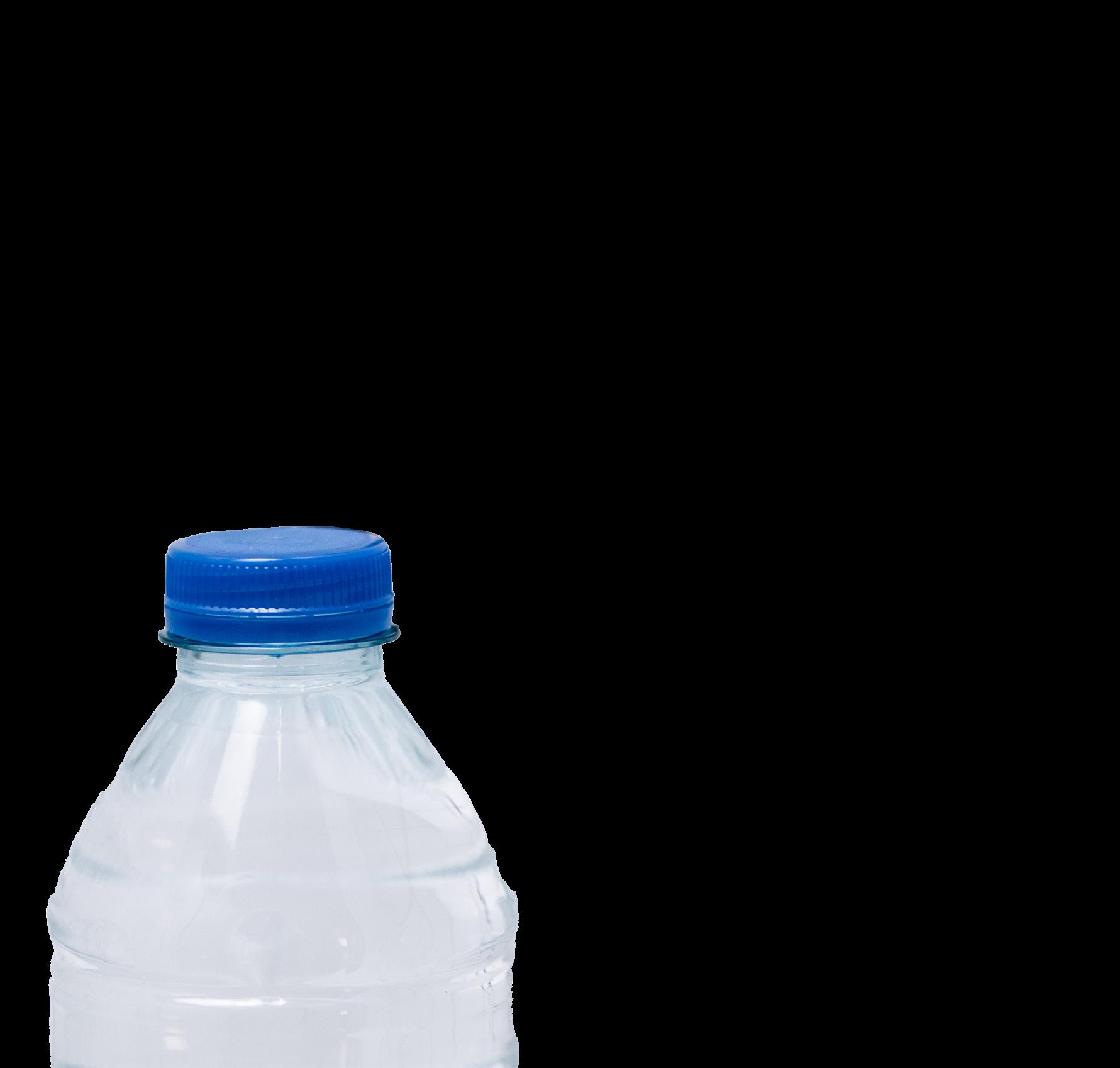
also research to find out more about your local public water source, which is tested regularly. If you are a GRU customer, you can view the 2022 water testing report available on their website.
Bicarbonate and Calcium
Bicarbonate and Calcium
Sodium
Sulfate, Bicarbonate and Calcium
Sodium, Bicarbonate and Chloride

Gainesville's only premium indoor cycle studio! CycleBar Gainesville is more than a ride. It’s a journey of self-discovery.
Whether you are an indoor cycling pro or entirely new to the experience, CycleBar offers energizing rides tailored to all fitness levels. CycleBar will inspire, motivate and invigorate you so that you can face your day.

3597 SW 32nd Court, Suite 40
Gainesville, FL 32608
(352) 545-4445


gainesville@cyclebar.com
www.cyclebar.com/gainesville @cyclebargainesville
FIRST RIDE FREE FIRST RIDE FREE

For both gamblers and shoppers, the behavior becomes problematic when people are risking themselves and their families for the sake of their habits.
With so many people having spent a great portion of the past year at home, boredom and restlessness can set in, leading to bad habits. Besides indulging in an extra serving of potato chips or a second bowl of ice cream, many people may have looked toward risky financial behaviors like gambling or compulsive shopping to fill a hole in their lives. However, people may not be aware taking this behavior too far could actually develop into a full-blown addiction.
Merriam-Webster defines addiction as “a compulsive, chronic, physiological or psychological need for a habitforming substance, behavior or activity…” While many people link addiction to harmful chemicals like alcohol, drugs or nicotine, American Addiction Centers (AAC) tells us that addiction can occur in many forms.
“A behavioral, or process, addiction, can occur with all of the negative consequences in a person’s life minus the physical issues faced by people who compulsively engage in drug and alcohol abuse,” according to AAC.
Financial addictions are typically associated with gambling and compulsive shopping. A study in the Dialogues of Clinical Neuroscience showed both shopping and gambling addictions are defined as impulse-control disorders, though genetics, biology, trauma or stress can also play a part.
Gambling can take on many forms such as visiting the casino and playing slot machines, online poker games and sports betting. Although the majority of gamblers are men, 25% of those suffering from gambling problems are women. The Mayo Clinic says that gambling triggers the reward system in the brain similar to drugs or alcohol.
Gambling becomes problematic when the behavior becomes compulsive. Betting more than planned, placing more frequent bets, or trying to beat losses by chasing other bigger gambles can lead to a depletion of savings, debt or even resorting to fraud to obtain more money for gambling. These can lead to ugly life consequences such as job instability or firing, marriage problems, bankruptcy, foreclosure and a destruction of the family.
What’s worse is these dire consequences can lead those to seek other addictive substances like drugs or alcohol to numb the pain, according to the Mayo Clinic.
Compulsive shopping is even more difficult to diagnose or recognize because shopping is seen by many as a harmless and fun activity. Many may assume that compulsive shoppers are mostly women, but studies have shown that this addiction affects about 6% of both women and men.

There are also several types of shopping addicts like compulsive shoppers who chase the sense of euphoria they feel when they purchase items: collector shoppers for those wishing to fill a set of items; image shoppers who buy expensive and branded items to fulfill self-esteem issues or try to fit in socially; and budget shoppers who are always chasing a deal and end up with items they don’t need.
When does shopping become a behavioral addiction? Shopping to improve your mood, purchasing an item to meet a level of satisfaction, obsessing about shopping, and not stopping the habit when you know you need to and when it affects your wellbeing, according to Good Therapy.
For both gamblers and shoppers, the behavior becomes problematic when people are risking themselves and their families for the sake of their habit. Family members and friends can help their loved ones recognize their behavior has become a problem and offer to walk with them through therapy, AAC recommends.
Once the person realizes they have a problem, it’s best for them to visit a mental health professional to discuss their addiction. The professional will assess them to determine the scope of their addiction and to get to the “why” of the problem. From there, ongoing cognitive behavioral therapy is often recommended for treatment. This may include developing preventive treatment plans that include identifying triggers for said behavior like people, places or situations and how to deal with said triggers.
Other recommendations may include family therapy, support groups or even medication if the root of the addiction is tied to depression or anxiety.
If you or a loved one is struggling with a financial addiction, learn more about these behavioral addictions and ways to get help at americanaddictioncenters.org



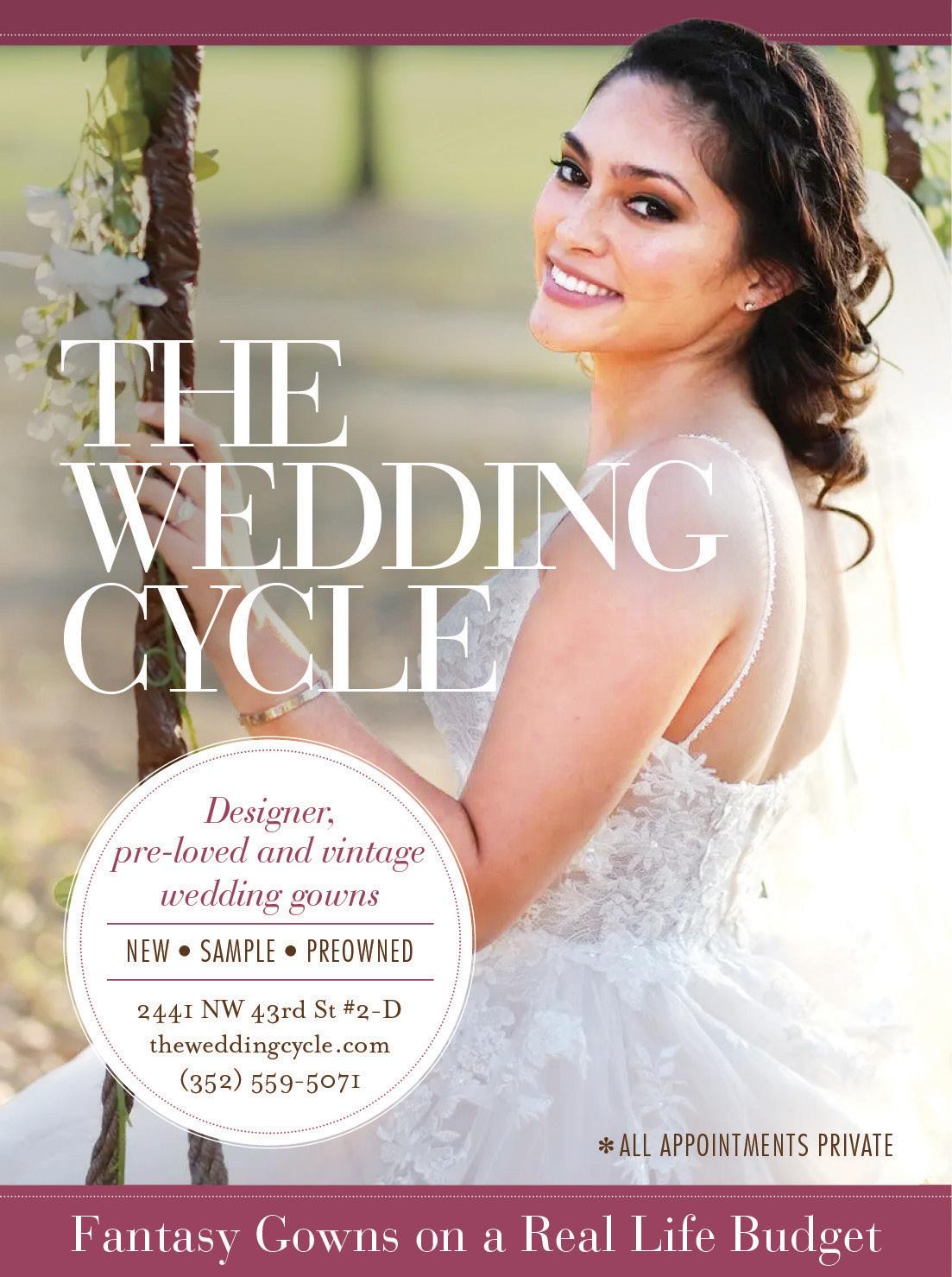

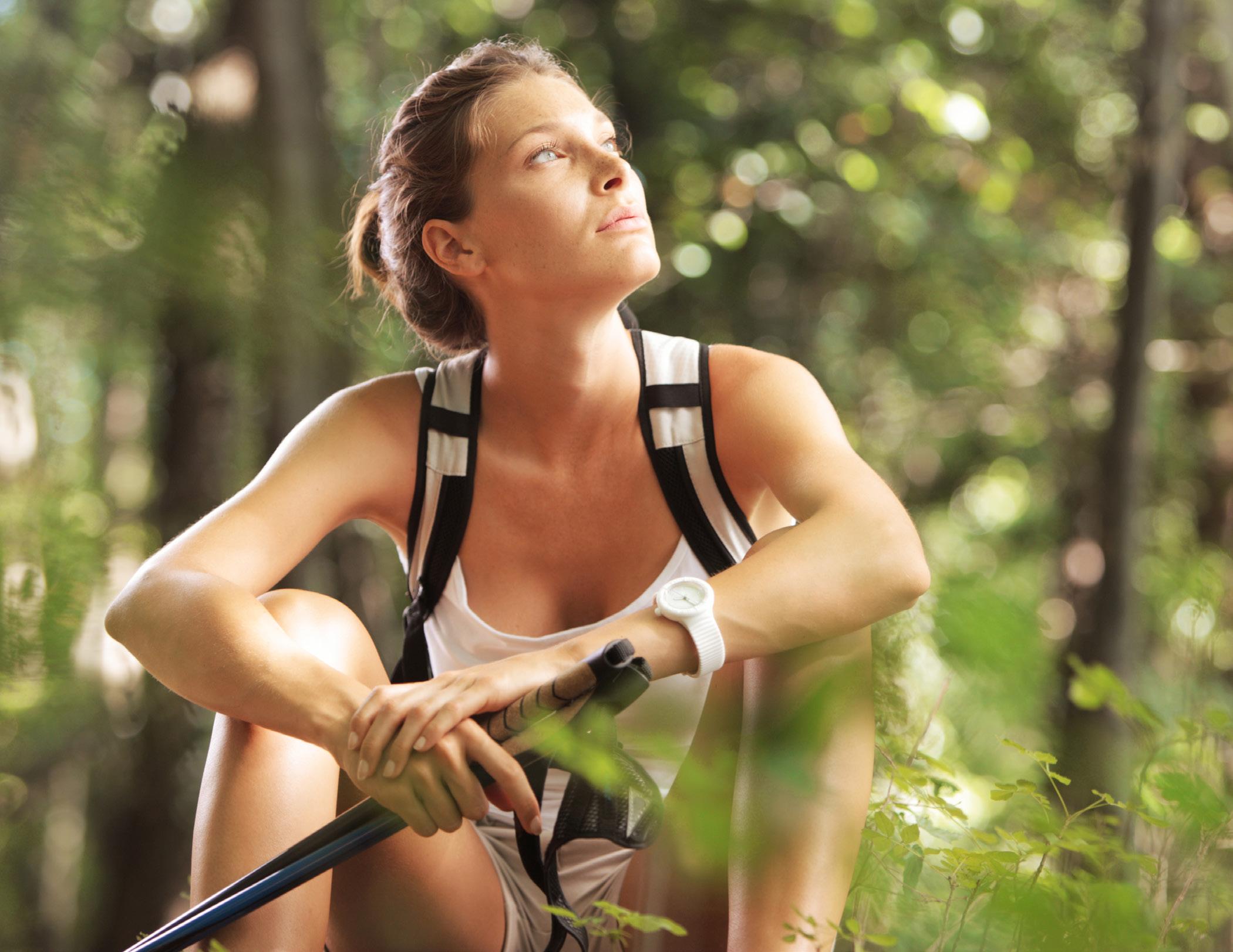 BY TRACY WRIGHT
BY TRACY WRIGHT
You may have heard the term forest bathing and thought it may have to do with immersing yourself in a bathtub of greens and shrubs. However, forest bathing, which originated in Japan in 1982, comes from the word shinrinyoku, which translates to “forest bathing” or “absorbing the forest atmosphere,” said Kaiser Permanente. It simply means being in and observing your natural environment.
In a 2015 study, researchers at Stanford University found that those who walked in nature experienced less anxiety and negative thoughts and more happiness, confidence
and self-fulfillment. The practice of forest bathing has been shown to lower blood pressure, heart rate and the stress hormone cortisol, according to a 2009 study published in the journal Environmental Health and Preventive Medicine.
Another benefit is that trees and plants let out a chemical called phytoncides, which improve the human immune system by increasing natural killer cell activity, according to the United States Department of Agriculture’s Forest Service. “Other benefits from phytoncides include an increase in anti-cancer proteins; a reduction in blood pressure, heart rate and stress hormones; reduced
test scores for anxiety, depression, anger, fatigue, and confusion; and increased scores for vigor.”
The practice of forest bathing means going to a natural area like a trail, a park or lake and being mindful about your surroundings. It’s best practiced without any distractions like technology or cell phones.
“Once you’ve arrived at your destination, take a few deep breaths and center yourself. Focus on what your senses are taking in — whether it’s the scent of clean ocean air or a chorus of chirping birds,” said Kaiser Permanente. “Spend a few moments simply looking at your surroundings. Sit and watch how the trees sway in the wind or simply walk around. If you decide to walk, go at an easy pace and without a specific destination in mind. It’s important to let your mind and senses explore and enjoy the environment.”
VeryWell Mind suggests asking yourself questions while engaging in forest bathing such as:
• What do you see?
• Are there different kinds of trees here?
• What sounds do you hear? Can you hear the silence?
• Do you feel the rustling wind?
• Do you feel your body as you walk?
• Did you notice the sky above you and its shade of blue?
• Can you feel your connection to the outside area?
• Do you sense peacefulness?
• Can you savor the time you have here?
“This process of returning to nature can bring you to a heightened state of sensory awareness and a sense of tranquility. Within minutes of entering a green space, your body relaxes, blood pressure stabilizes, stress hormones decrease, muscle tension decreases, and health benefits kick in,” according to VeryWell Mind.
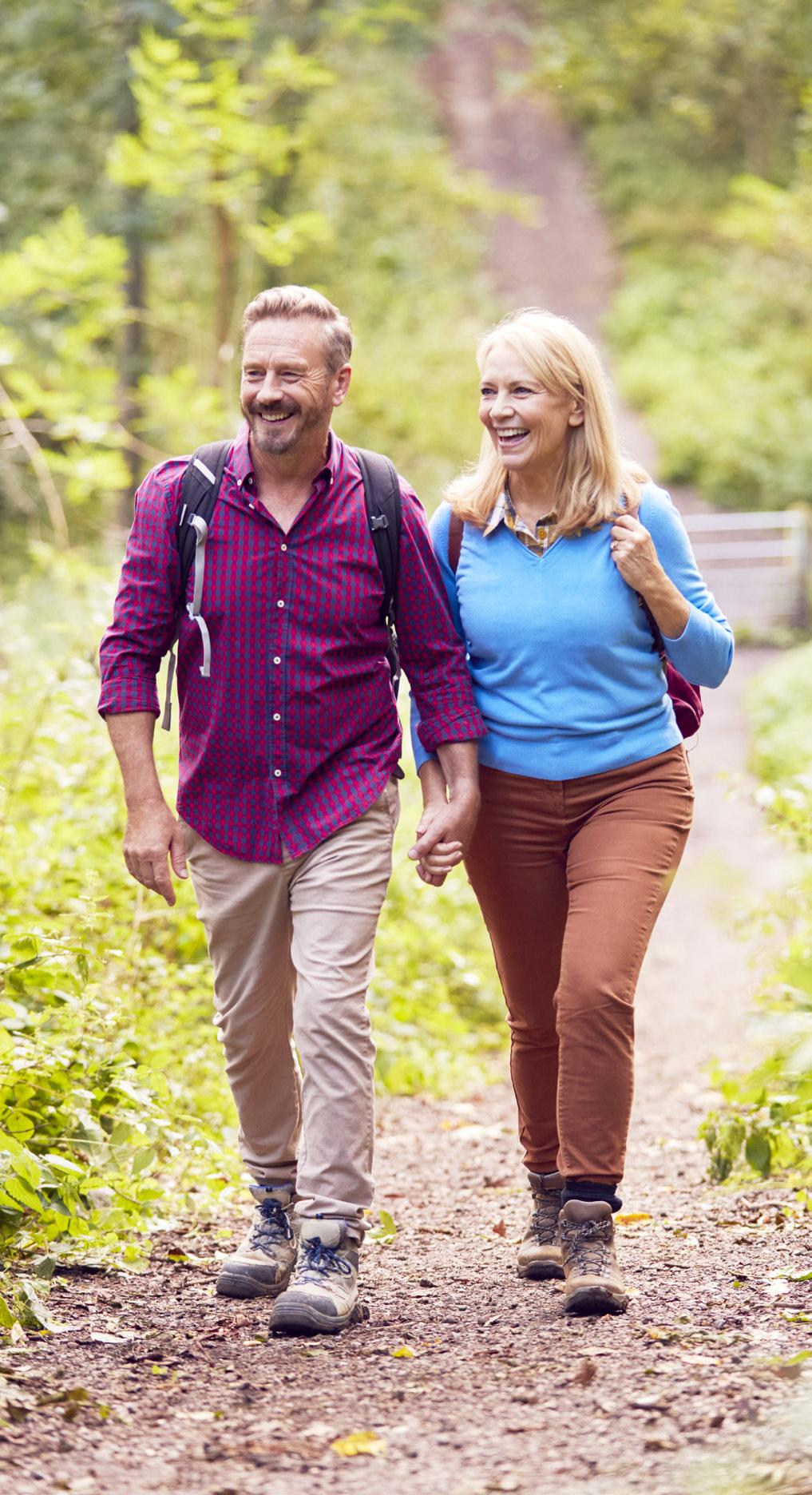
Thankfully, the North Central Florida area and our state has a myriad of gorgeous outdoor settings where the benefits of forest bathing can be explored. Nearby you will find San Felasco Hammock Preserve Park with 7,000 acres of hiking trails in one of Florida’s largest remaining mature hardwood forests. Devil’s Millhopper Geological State Park contains a
collapsed sinkhole enclosing a small rainforest ecosystem. Visitors can descend 132 steps on a boardwalk into the sinkhole where it stays cool even during hot summer months.
Outside our area is Audubon Corkscrew Swamp Sanctuary, located just 30 minutes east of Naples. The sanctuary is the largest old-growth bald cypress forest in North America and offers guided forest bathing meditation sessions. Some other notable forest bathing spots include the lush forests of Hawaii, rainforest trails in Costa Rica and, the birthplace of forest bathing, the Arashiyama Bamboo Grove in Japan.
For more information about forest bathing, including resources and clubs across the world devoted to the practice, visit forestbathing.club.



Dr. Chris E. Forsmark graduated from Johns Hopkins University in 1983 with his medical degree and continued his studies at the University of California where he completed an internship, residency and fellowship in internal medicine and gastroenterology.

Can lifestyle changes impact GI health (i.e. food, smoking, drinking, etc.)? What are they and how can they impact GI health?
These environmental exposures have major impacts on GI health. Almost all GI and liver cancers are increased in smokers. In addition, excess alcohol can cause many GI conditions (pancreatitis and cirrhosis, for example). High-fat diets also worsen some GI diseases, particularly those associated with obesity. A diet high in fiber and low in simple carbohydrates and saturated fat is best.
What does a gastroenterologist do?
Gastroenterologists treat a wide variety of diseases and conditions affecting many different organs, including diseases of the esophagus, stomach, intestine, colon, liver, bile duct and gallbladder, and pancreas. They treat both benign and malignant diseases such as gastroesophageal reflux (GERD), ulcers, hepatitis, pancreatic cancer, gallstones, colitis, Crohn's disease, internal bleeding and gastrointestinal (GI) infections. Gastroenterologists see patients in clinics and in the hospital, and provide not only medical care but also endoscopic procedures.
These endoscopic procedures involve flexible scopes that examine the esophagus, stomach, colon, pancreas, gallbladder and bile duct. Endoscopic procedures are used for both diagnosis of diseases and treatment. For instance, a colonoscopy is used to look for colon polyps and remove
them, which prevents colon cancer from developing from a polyp. In addition to providing medical care for patients, many gastroenterologists are involved in research.
When should people see a gastroenterologist? Patients usually see a gastroenterologist for a symptom that suggests a gastrointestinal or liver problem. This might include abdominal pain, nausea, vomiting, difficulty swallowing, internal bleeding, jaundice, diarrhea, constipation or weight loss.
Can gastrointestinal problems be hereditary?
Several diseases can run in families, including many gastrointestinal cancers. Some benign conditions are also seen more commonly in those with a family history, including ulcerative colitis and Crohn's disease.
Can gastrointestinal problems become severe and require hospitalization? What are signs and symptoms? This occurs frequently. Most hospital admissions are for internal bleeding, severe abdominal pain, dehydration, intractable nausea and vomiting, jaundice or infections.
I experience frequent heartburn, is this normal?
What should I do?
Heartburn is common. Reducing the fat in your diet, losing weight, exercise, and avoiding food prior to going to bed are effective treatments. If this does not work, it is worth discussing with your physician. In addition, if worrisome symptoms (trouble swallowing, vomiting, weight loss) are also present, an evaluation will be required.
I experience frequent heartburn, is this normal?
What should I do?
Heartburn is common. Reducing the fat in your diet, losing weight, exercise, and avoiding food prior to going to bed are effective treatments. If this does not work, it is worth discussing with your physician. In addition, if worrisome symptoms
(trouble swallowing, vomiting, weight loss) are also present, an evaluation will be required.

I’m having bowel issues, should I see a gastroenterologist?
Diarrhea and constipation are common reasons someone would see a gastroenterologist. Before seeing a doctor, make sure you are on a high fiber diet, drink plenty of liquids, and get sufficient exercise as this is often enough to improve symptoms. Worrisome symptoms include blood in stool, a sudden change in stool, or weight loss.

Patients usually see a gastroenterologist for a symptom that suggests a gastrointestinal or liver problem.



“I will never be good enough. I can’t. My life stinks…” Chances are, you’ve probably uttered something to this effect to yourself at one point in your life. It's not just unkind, it's psychological — and it's known as negativity bias.
“The negativity bias is our tendency not only to register negative stimuli more readily but also to dwell on these events,” said Kendra Cherry, MSEd, an author, psychosocial rehabilitation specialist and educator, writing for VeryWellMind. “In almost any interaction, we are more likely to notice negative things and later remember them more vividly.”
While many people can cling to negative thoughts from time to time, there are some people who are overwhelmingly negative. Why are people more negative than others? There are many factors behind this, including the way we are raised and being exposed to more negativity early on in our lives.


“Children raised in an environment where pessimism, doom and gloom, and negativity are common will end up having that mapped into their developing brains as typical behavior,” said Susan Ways, an HR executive, motivational speaker and author of “Step into Your Power.” “This results in a patterned way of thinking and behaving and becomes how you respond to your environment. If you are surrounded by negative people, negative influences or anything non-positive for long periods of time, it is going to have an impact on your thinking.”
Other causes include surrounding yourself with negativity, not being able to break the habit of cynicism, fear and anxiety, low self-esteem, the need for attention and fears that you manifest. These fears can include “being disrespected by others, the fear of not being loved by others, and the fear that ‘bad things’ are going to happen,” said Raj Raghunathan, Ph.D., associate editor at the Journal of Consumer Psychology.
Having a negative perspective or approach to the world pretty much guarantees that you are going to see the negative, almost a self-fulfilling prophecy, said Lauren Soberon, PhD, licensed clinical psychologist with a private practice in Haile Village.
“If I am looking for what is wrong, bad or negative about a situation actually becomes my experience,” Soberon said. “By doing so, I am so focused on the negative that I am robbing myself of the positive, joyous and happy aspects of that situation that I could potentially experience. Negative thinking can become a pervasive pattern to one’s experience.”
Negativity can cause you to “dwell on dark thoughts, hurt your relationships with loved ones, and make it difficult to maintain an optimistic outlook on life,” Cherry said.
So, how do we break the cycle of negativity? Seek positive people and affirmations to surround you with as well as talk to yourself with positive thoughts. Try and stop negative thoughts when they arrive. Think about distracting yourself with a physical activity or uplifting book or podcast.
Try and reframe the situation. “When you find yourself interpreting something in a negative way, or only focusing on the bad aspect of the situation, look for ways to reframe the events in a more positive light,” Cherry said.
Try to focus on positive experiences. Keep a journal and reflect on the more uplifting times in your life. Look at old photos, phone a friend or simply replay the memory in your head. Meditation with positive affirmations can also work wonders. The Calm app is an affordable online resource that can help reframe your day and experiences, especially troubling ones.
“Taking a more mindful approach that involves being aware of your own tendency toward negativity and consciously elevating happier thoughts to the forefront of awareness,” Cherry said. “This is one of the best ways to combat negative bias.”
Finally, if these methods are not successful, consider connecting with a mental health professional who can help you with tactics and ways to work through your negativity.





Friday, July 1
Tioga Concert Night – The Project
Tioga Town Center
Depot Park Run
7-9 a.m.
Depot Park parkrun.us
Come out to Depot Park for a free, fun and friendly weekly 5k community event. Walk, run, watch – it’s up to you! Participants must preregister.
This event repeats every Saturday.
Sweetwater Wetlands Park
Ranger Led Tour
8:30-9:30 a.m.
facebook.com/SWPGainesville
Learn about Sweetwater Wetlands Park through a guided tour in the morning. Because there are only 10 spaces per tour available, participants must register through Eventbrite – first come first serve. This event repeats the second Saturday of each month.
Historic Haile Homestead Tour
10 a.m. - 2 p.m.
Kanapaha Plantation hailehomestead.org
Learn about the history of the 1856 homestead. During the tour, visitors will learn the history of those who lived and worked here. Admission is $5.
This event repeats every Saturday.
Mill Creek Farm Retirement Home for Horses
11 a.m. - 3 p.m.
Mill Creek Farm millcreekfarm.org
Bring two carrots to pay for your admission and feed them to retired horses!
This event repeats every Saturday.
Kanapaha Botanical Gardens
Guided Walk
10 a.m. - Noon
Kanapaha Botanical Gardens kanapaha.org
Take your family out for a guided tour of Kanapaha Botanical Gardens’ 24 major collections. This tour is $8 for adults and $4 for children (ages 1-13).
This event repeats on the first Saturday of every month.
Rooterville Animal Sanctuary

Self-Guided Tours
10 a.m. - 2 p.m.
Rooterville Animal Sanctuary rooterville.org
Interact with animals in their habitats at this 20-acre sanctuary. Rooterville is open to the public for self-guided tours every Saturday and Sunday. There is a suggested donation of $15 per person or $45 for a family of four. This event repeats every Saturday and Sunday.
Historic Haile Homestead Tour
Noon - 4 p.m.
Kanapaha Plantation
hailehomestead.org
Learn about the history of the 1856 homestead. During the tour, visitors will learn the history of those who lived and worked here. Admission is $5. This event repeats every Sunday.
7-10 p.m. | facebook.com
Come out to listen to music under the stars for free. This is part of a Concert Night Series, so keep an eye out for future events.
Saturday, July 1
Stars & Stripes Show
Morgan’s Music Junction
3 p.m. | eventbrite.com
Celebrate Independence Day in Summerfield, Florida! At this event, participants will sing along to classic patriotic songs, such as “This Land is Your Land” and “Stars & Stripes.” Tickets range from $12 to $17.

Monday, July 3
Fanfares & Fireworks
6-10 p.m.
University of Florida Bandshell at Flavet Field
For safety reasons, no dogs, sparklers, drones or alcohol are allowed at the event. Coolers are allowed but may be subject to search by the University of Florida Police Department. Food trucks will be on-site. During the event, LifeSouth Blood Center will host a blood drive, and water and Pepsi products will be available for purchase.
Tuesday, July 4
DAY





Tuesday, July 4
FREE admission for Veterans on Independence Day
Florida Museum of Natural History
10 a.m. - 4:30 p.m. floridamuseum.ufl.edu
On Independence Day, veterans will receive a free value admission to the Butterfly Rainforest and Science exhibit, Up Close: Fantastic Fossils. Valid forms of identification for veterans include a military ID, DD Form 214, VA card or driver’s license with a blue “V” in the bottom right corner. Veterans also receive a 10% discount on all ticket prices year-round.
Tuesday, July 4
City of Alachua Fourth of July
Legacy Park Multipurpose Center
5 p.m. | facebook.com
Attend Alachua County's 22nd annual Fourth of July Celebration. This event draws in thousands of spectators. At 5 p.m., activities for children will begin. At 6 p.m., the live music will begin. Fireworks start at 9:30 p.m.
Saturday, July 8
Haile Equestrian Center Movie Nights
Haile Plantation
6-8 p.m. | haileequestrian.com
Watch movies outside at Haile Plantation at this free event! While popcorn and drinks are provided, please bring your own snacks and a comfy blanket.
Saturday, July 8
UF Gator Grill Camp
9 a.m.- 6 p.m. eventbrite.com
This fun filled day will include but not limited to meat selection, seasoning and food safety. At the end of the day, you will have a final project where you integrate your knowledge and prepare a steak for award presentations. This event is put on by the UF Animal Sciences Department and will cost $125.00.
Saturday, July 15
Family Discover Camp: Archaeology
9-11 a.m. floridamuseum.ufl.edu
$15 for non-members and $12 for members, per participant. Preregistration is required and closes on July 13. Join archaeologist Nigel Rudolph and experience how Florida’s native people used their surrounding environment, from transportation to food and everything in between.
Thursday, July 20
2023 Livestock & Forages Field Day
Santa Fe River Ranch
8:30 a.m. - 1:30 p.m. | eventbrite.com
Watch live presentations from UF/IFAS specialists and county agents on how to work with Florida livestock. Topics include soil mapping for precision, heifer selection and conditioning, electric fencing and much more! Early registration costs $20; registration costs $50 at the door.
Saturday, July 22
Natural Beauty Fest
Jacksonville Equestrian Center
Noon - 6 p.m. | eventbrite.com
Come out to embrace the inclusion of different beauty products. This event includes free haircuts on-site, free mini-manicures and interactive gaming centers. Celebrate what makes beauty beautiful in Jacksonville!
Friday, August 4
Free Friday
Concert Series

Bo Diddley Plaza
7-9 p.m.
bodiddleyplaza.com
This summer, listen to The Savants of Soul through Gainesville's concert series!
Saturday, August 5
Carson Springs Wildlife Walk or Ride
Carson Springs Wildlife

10 a.m. - noon
carsonspringswildlife.org
Walk or ride – it’s up to you! The tour gives visitors the chance to interact with rhinos, lemurs and baby exotic cats under the guidance of professional zoologists. It is recommended to book a spot soon. Costs range from $10 to $25, depending on age.
Saturday, August 12
Family Fishing Days
7922 NW 71st St., Gainesville, FL 32653
8 a.m.- Noon | ffgs.ifas.ufl.edu
Come enjoy this family-friendly fishing event. Bait and fishing gear will be provided, but you are allowed to bring your own. This is a free event, but donations are welcome. As always, all family members, including those with disabilities, are encouraged to participate! We offer a railed fishing deck with two accessible ramps so everyone can enjoy the thrill of freshwater fishing!
Saturday, August 12
Haile Equestrian Center Movie Nights
Haile Plantation
6-8 p.m. | haileequestrian.com
Watch movies outside at Haile Plantation at this free event! While popcorn and drinks are provided, please bring your own snacks and a comfy blanket.


The Stephen C. O’Connell Center
The Eleventh Annual Red Shoe Affair promises to be an extraordinary evening in support of Ronald McDonald House families and in celebration of our new house. These Festivities will be packed with a silent & live auction, heart-warming family stories, exquisite cuisine as well as open bars, dancing and much more!

Carson Springs Wildlife Walk or Ride
Walk or ride — it’s up to you! The tour gives visitors the chance to interact with rhinos, lemurs and baby exotic cats under the guidance of professional zoologists. It is recommended to book a spot soon. Costs range from $10 to $25, depending on age.
Friday, August 25

Free Friday Concert Series
Bo Diddley Plaza
7-9 p.m. | bodiddleyplaza.com
This summer, listen to a funk rock and brass band at Gainesville's Friday concert series event!


Your gift goes beyond just four walls; it creates an oasis of healing and comfort for our families.


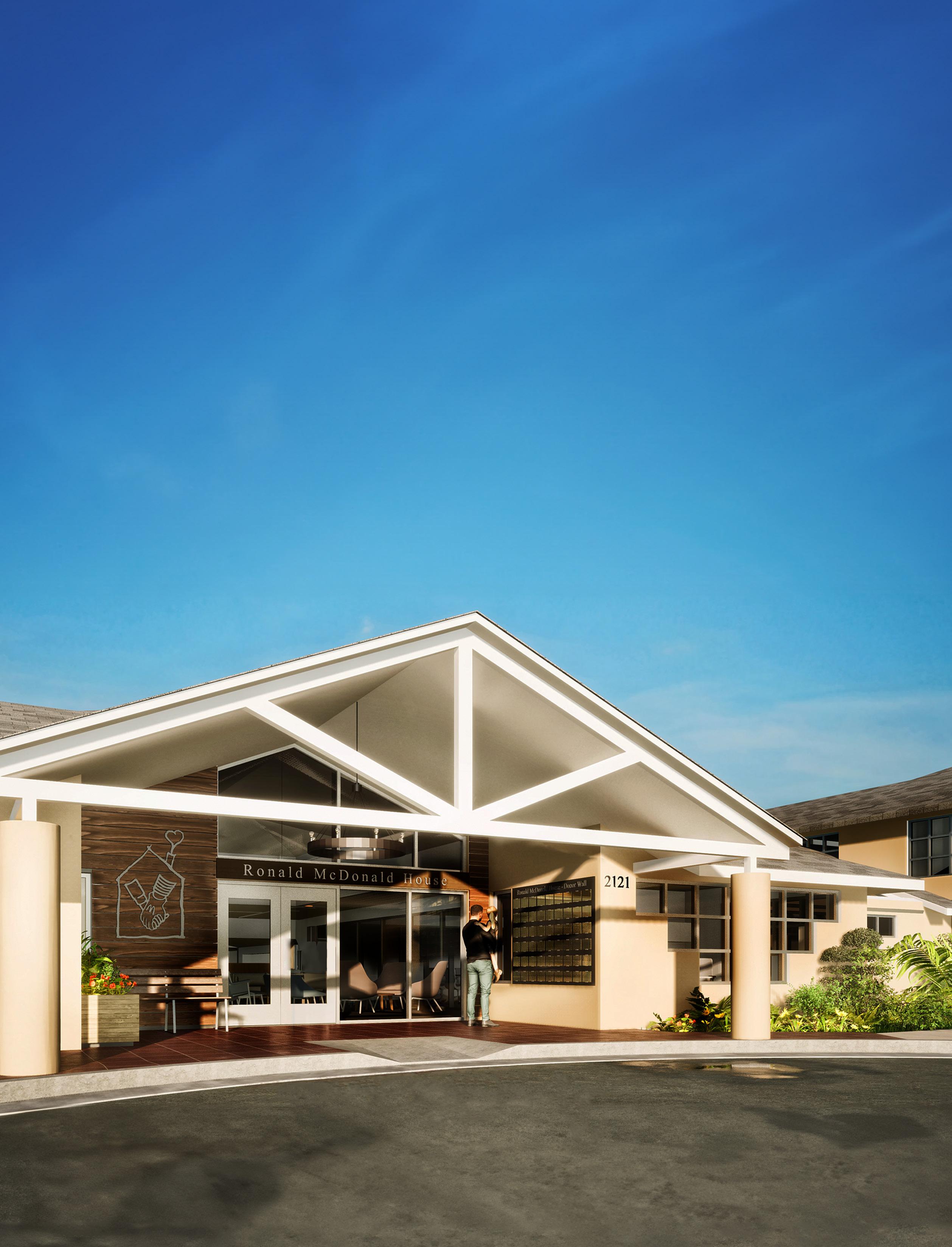
The Ronald McDonald House Charities of North Central Florida is overjoyed to be making our big move into our new 50-family suite House this August.
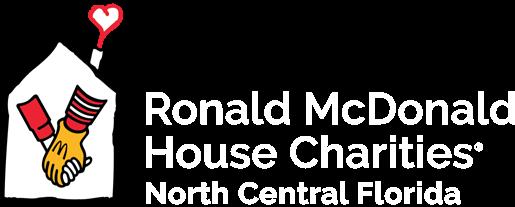
In preparation for this move, we must stock our House with all the essentials — bedroom comforts, kitchen appliances, and more. Our House Registry is brimming with items that will transform our new space into a home away from home for families who need it most.
Be a beacon of hope for these children and their families.
